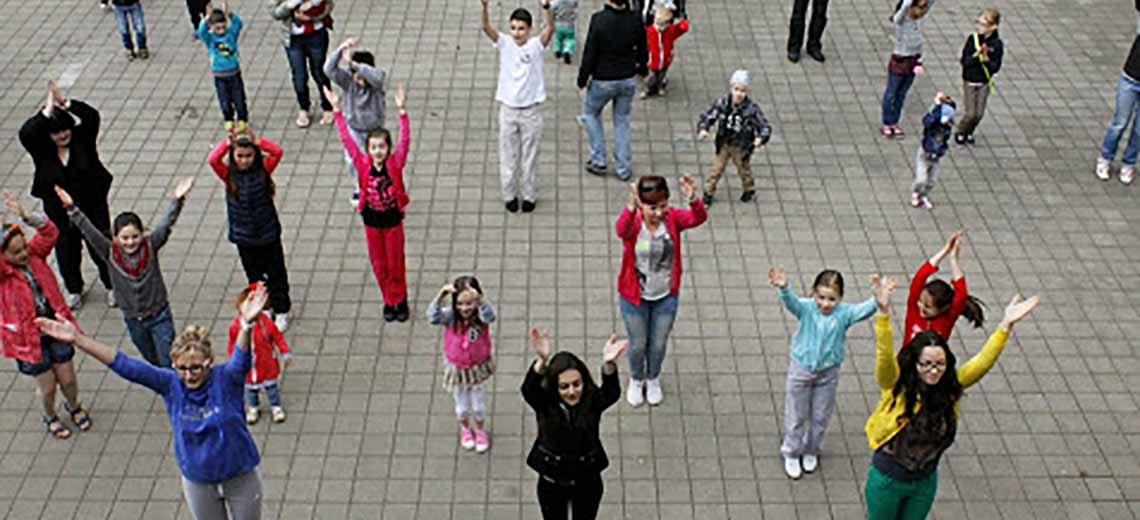According to the World Jewish Population Report 2010, the rate of mixed marriages has been growing all over the world. In Europe, several studies have confirmed this trend. In the UK National Census 2001, 49.4 per cent of cohabiting Jewish men and 41.7 per cent of cohabiting Jewish women had a partner of a different faith. In France, the community publication L’Arche reported that 40% of the young people under 30 who get married marry non-Jewish partners. A recent study conducted by the JDC International Centre for Community Development in five countries in Central and Eastern Europe showed that out of a representative sample, between 50 and 60% are in a relationship with a non-Jew, a percentage similar to that of an earlier generation in those same countries.
At a community level the phenomenon brings up many questions and tensions: When speaking of mixed couples, what is their degree of (dis)connection to Jewish life? Does intermarriage lead to an inevitable dissolution of Jewish life? What should the community policy be vis-à-vis mixed couples and their children? How to deal with a mixed family that wants to have full participation in community life? Should Jewish schools accept children of mixed families?
While there is already a large body of bibliography on intermarriage and the transmission of Judaism therein, few studies have inquired into one of the players that is becoming increasingly important: the children of mixed couples. This research aims to advance the subject by focusing precisely on the qualitative study of children of exogamous couples. This not only seeks to extend the hypotheses on the phenomenon of intermarriage but also elucidate more precisely the social and cultural mechanisms through which a son / daughter of an exogamous couple builds his/her ethno-religious identity.
Three separate research teams will be involved in the yearlong project as they set out to interview children of mixed couples between the ages of 20 to 40 from France, the Netherlands and Germany.
This study aims to serve as an important contribution to Jewish communities and their lay and professional leaders, religious authorities and policy-makers.
